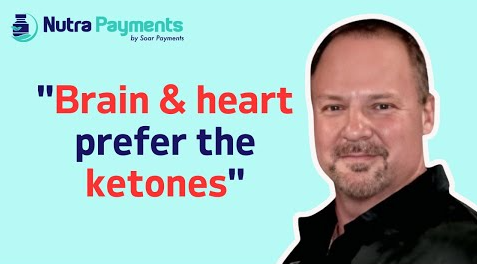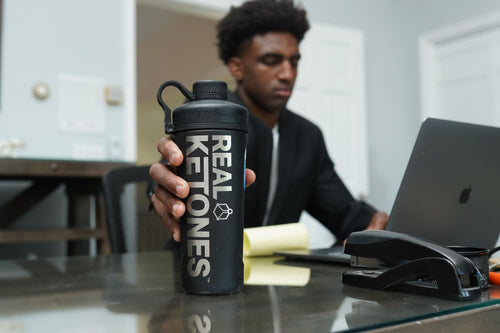Proper Posture For Performance, Fitness, & Injury Prevention
Biomechanics: the study of the mechanical laws relating to the movement or structure of living organisms.
Leonardo Da Vinci was the first to prove that the human body is quantifiable in its structure and mechanics with geometric proportions.
For creating longevity in the body, achieving elite fitness, and/or performing at an elite level in sports, it is key to understand and address biomechanics to a relevant extent.
This starts with addressing the foundations, such as structural and postural understanding. From here, gait analysis (how you walk) gives us an understanding of your only contact points with the ground-your feet-and their relationship to time and space. By understanding baselines, we can identify chain reaction biomechanics and see how a biomechanical imbalance can cascade downstream into potential injuries and performance issues.
*
*
Injury Prevention
Because the human body has a geometric proportion to it, it can only produce maximal force at certain angles. Correct biomechanics ensure the execution of specific movements is performed optimally and with minimal injury risk.
Contact injuries, or trauma injuries, can occur purely due to extreme contact, but they can also occur due to poor biomechanics.
This can lead to misuse or overuse, which can lead to a downstream effect of a serious injury. These injuries are often blamed on the incident itself, but the final situation in which the injury occurs is often just the straw that broke the camel's back. These resultant injuries are what I like to call chain reaction biomechanics. Chain reaction biomechanics tells the origin story of either great performance/fitness or cautionary tales of injuries.
Your goal is to proactively diagnose these issues and address them to nudge you towards optimal performance.
*
Derrick Rose is an unfortunate example-his issue, including being overly quad dominant, an inability to absorb force, and poor biomechanics in changes of direction lead to gradual micro-traumas of specific joints-his knees-and their surrounding soft tissue structures.
"You're never just doing injury rehab/prevention OR performance...you're doing both." -Performance Neurologist, Garrett Salpeter
Your Nervous System's Role In Biomechanics
The goal is to teach yourself to properly absorb force for injury prevention.
This alone opens up a ton of dialogue, but for brevity's sake-if your brain/nervous system controls your musculoskeletal system, then the origin story of biomechanics can be seen in this relationship.
Practice doesn't make perfect it makes permanent. The nervous system, brain complex will adapt to what you program into it-you best be sure you’re giving it the right inputs.
Training For Success
Biomechanics are trainable. By first assessing and then programming the nervous system with proper exercise inputs, you can properly sequence the muscles and 'teach' correct biomechanics into yourself during training sessions during basic (individuals) and sport specific (athletes) activities.
The idea is these principles are reinforced during training sessions to train you to maintain the integrity of movement day-to-day and/or during in-game settings. Thus, correct biomechanics can become an unconscious habit as opposed to something that requires chronic thought.
Correct biomechanics and neuromuscular function through analysis and training can be had to enable you to achieve success in daily function, sports performance, fitness, and in creating longevity in the body.

 ACCOUNT
ACCOUNT
 CART
CART





